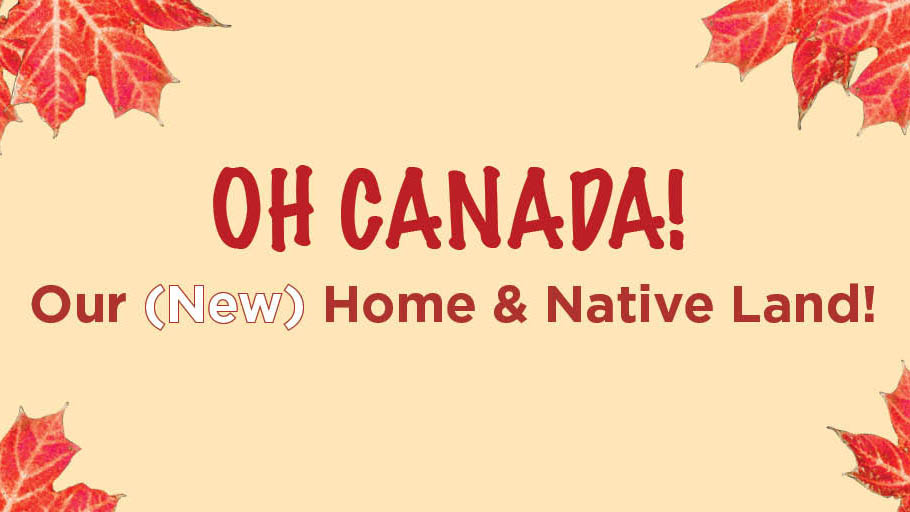Oh Canada! Our (New) Home & Native Land!

The fight for the full integration of immigrants in Canadian society can be pessimistically described as an eternal struggle. Here many immigrants have to face excessive bureaucracy and governmental abandonment. Ironically, many people move to Canada trying to run away from these issues. And this moment in time doesn’t help either.
It is during crises that society shows its true colours. The very best and worst of us emerges from our pores and suddenly we can see clearly the problems and the areas we need to improve. Canada is a beautiful country that is ready to accept anyone, but at the same time, with an unclear path of entry.
Although arguable, all the governmental bureaucracy exists to protect any country’s institutions and social structures (which is not inherently bad), they are also philosophically redundant. And a lot of times, also frustrating. In my case, for being Brazilian, after a quick check on Google Maps, I can confirm that I was actually born in the very same portion of land that this paper is being published. Only very far south.
Apart from the Panama Canal, which was manmade, the American continent could be one big country where we are all connected. This logic can be expanded to easily justify the philosophical inexistence of the concept “foreign.” However, I still need extensive paperwork if I want to enter this country. And if I want to stay, even more. The fact that immigration officers are not usually interested in my cheap philosophical daydreams doesn’t help either.
For a country where immigration is such a fundamental part of its DNA, Canada still has a long way to go to construct a truly fair system. And please don’t think I only have eyes for the bad side. It is my duty to praise the government for all the good things too.
We have to remember that Canada is still accepting and processing immigration applications, now with much longer wait times. And that the government is offering help to immigrants, like extending work permits for international students amid COVID-19. We must comprehend that there is no manual on how to deal with a pandemic like this and it is perfectly understandable that all the government sectors are doing their best to keep working. But we also have to remember the families, including my own, and individuals that had to leave Canada, or are considering doing so, unwittingly.
I believe that during this period unfortunately there’s not much we can do. However, I think that the best thing we can do is to get informed. To take an analytic approach to these issues and to understand how they surround us.
For example, right now all our focus is turned to the healthcare system and immigrants are an important part of this system. Around 41.3 per cent of orderlies and nurses and 42.8 per cent of specialist physicians in Canada are immigrants. Still, racism in their workplace is not uncommon. It can be manifested explicitly or discreetly, by not trusting the doctor’s opinion or asking to see a different professional. In moments like this, discrimination against healthcare workers should be tacked as a priority.
But the future is bright. The number of immigrants accepted every year in Canada has been growing for years, we accept five times more immigrants than the U.S. And we also know that immigration will be fundamental for the post-pandemic economic recovery.
Canada’s population growth would probably be in decline or have stalled if it wasn’t for immigration, and we are likely to go back to the exponential growth of the employment rate for new Canadians that we had before the pandemic after things go back to normal. Canada is a beautiful country, and a land that I’m learning to love. And with or without the pandemic, we must continue to get stronger socially, culturally and demographically.

















